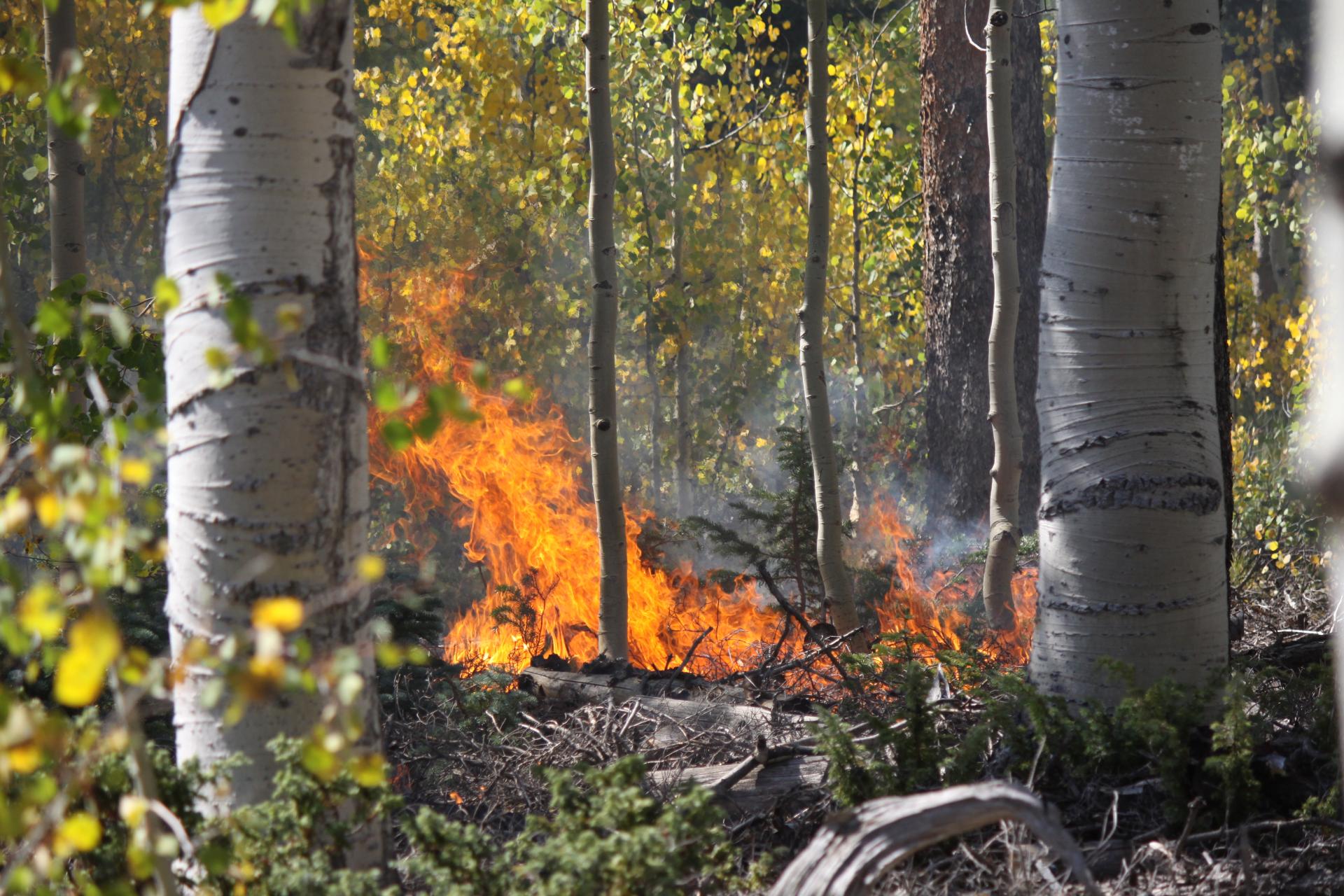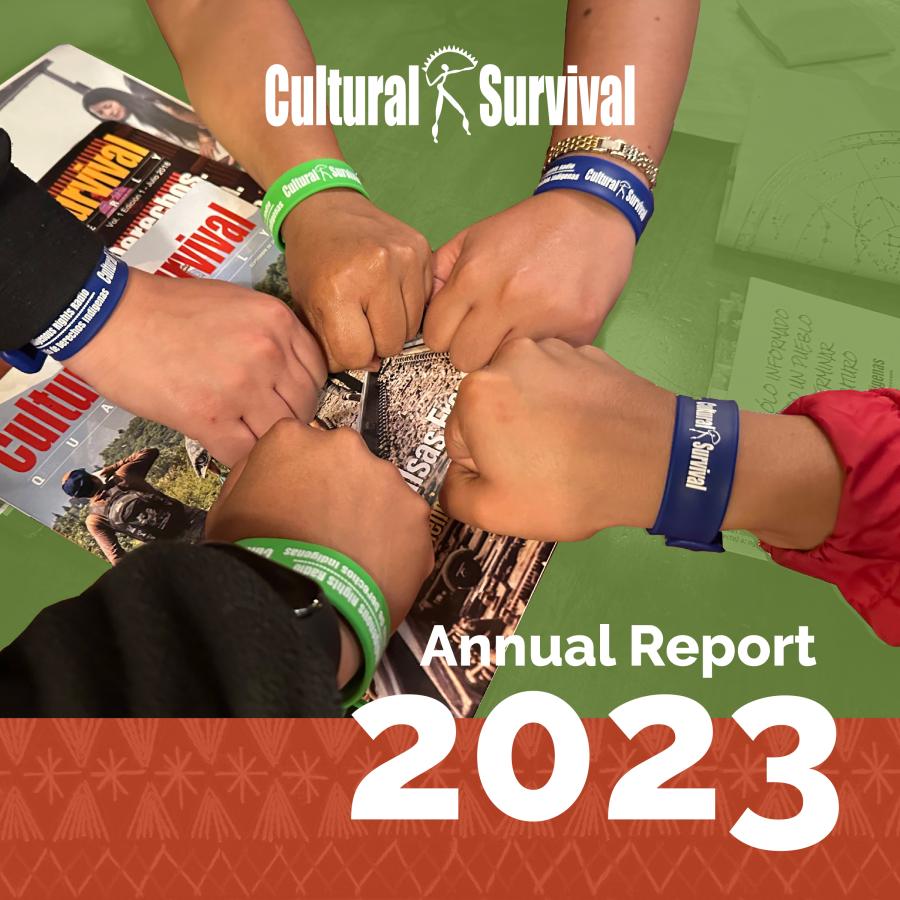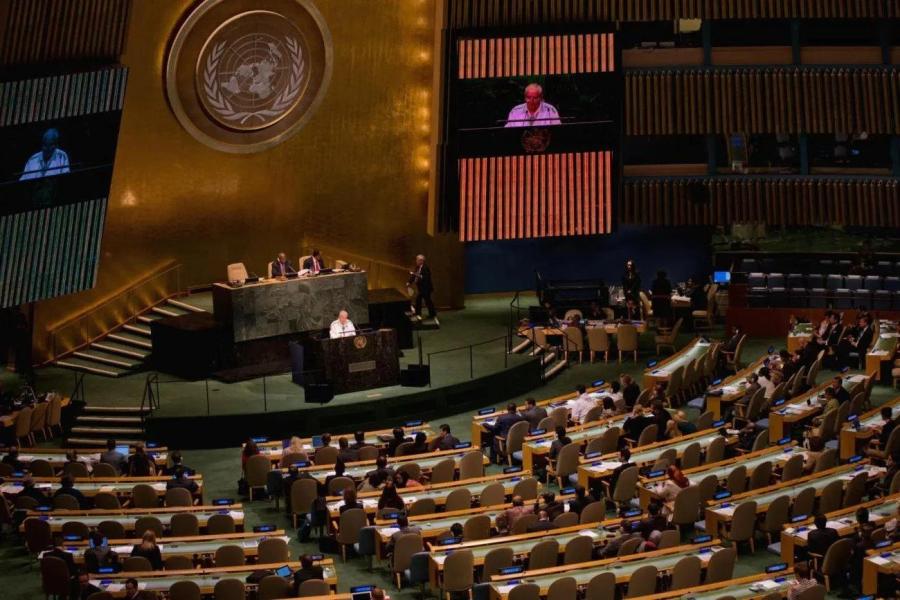The stories have been embedded in the land, penetrating deep down to the sediment of the rocks into the heating core of the Earth, our only home. For thousands of years, Indigenous Peoples have been born with the land as part of their cultural identity and ways of being. The increasing rise of natural disasters around the globe is a footprint of colonial and economic systems that have been exploiting the planet’s natural resources. We are burning ourselves up, taking entire ecosystems, from the smallest creatures to the largest, with us.
We are part of this ecosystem. Indigenous ways are interconnected with the cycles of life and the ecological existence of the Earth. The Earth has been part of the universe for longer than we can even fathom, and Indigenous Peoples have carried forward the oral stories of our relations with the Earth and the universe. Indigenous Peoples have been caretaking alongside the millions of microcommunities that exist within nature. It has been part of our livelihoods and lifeways. Throughout our existence, Indigenous Peoples have built trust with the Earth and cultivated techniques that have contributed to the flourishing of ecosystems and thriving biodiversity. We have developed technical and cultural practices in safeguarding the equilibrium of nature’s life cycles. Traditional fire burning has been one of these practices.
Fire is one of the elements that sustains us as a source of food substance and a spiritual connection. For the Maya, fire ceremonies are part of our connection with the land and spiritual connection with the ancestors. Fire holds messages and is a vessel for communicating with the spirit realm. Fire also represents unity in bringing together community and family during moments of darkness. Just as it provides warmth, it holds space for healing and passing down Traditional Knowledge. Indigenous cultures around the world connect to fire. It is part of our lifeways.
Cultural fire burning has been part of traditional practices in land management, animal husbandry, and agriculture. It strengthens the mineral content of the soil for growing plants. It also improves the wellness of the environment, keeping out invasive species and allowing a forest to flourish. It is a rotational technique, permitting the land to rejuvenate itself for a richer landscape. However, with the invasion of colonial settlers on Indigenous lands, the practice, and associated knowledge, have been fragmented.
The dependence on fossil fuels since the rise of industry in the 17th century has caused a continuous rise in global temperatures, transforming the Earth into a fiery globe. The escalating intensity and velocity of wildfires in the 21st century are fundamentally altering our way of life; wildfires are becoming more intense and expanding at a faster rate each year, as we have witnessed most recently with the tragic and catastrophic wildfires that devastated Los Angeles and Maui.
Severe wildfires in the summer of 2023 on Turtle Island on the Pacific Coast of the Unceded Coast Salish territories and in the interior of northern British Columbia displaced a quarter of a million people. This cataclysmic event highlights a growing trend of internal displacement in Canada caused by a combination of climate-induced disasters and economic and social factors. Addressing this issue requires a constellation of responses: individual action to reduce our personal environmental footprints, the adoption of sustainable practices by corporations and industry, and government investment in climate resilience, disaster preparedness, and social and economic equity.

Cultural burn at US Kaibab National Forest in Arizona. Photo courtesy of Kaibab National Forest Service.
Dawn Morrison (Secwepemc) is the founder and curator of the Working Group on Indigenous Food Sovereignty. Since 1983, she has been involved in horticulture, ethno-botany, adult education, and restoration of natural systems in formal institutions, as well as embarking on her own personal and community healing and learning journeys. She shares, “[In August 2023], there were 40,000 hectares burnt in our territory, Lakes Secwepemc (Neskonlith, Adams Lake, and Skwlax te Secwepemc), which are our hunting, fishing, and food gathering lands. Our ancestors have lived in relationship with this land for millennia. Since the Adams Lake/Bush Creek wildfires, this year’s been a little bit milder. There is still smoke. There is still fire burning, but thankfully not so much in the immediate area where I am right now. There was a fire earlier on the mountain behind us. That was so scary. Last year, probably two-thirds of the mountain behind us was already burnt. It came close, and an evacuation order was issued. The people who run the farm here had to move all their sheep.”
She continues, “This year, while we haven’t been evacuated and there are no fires burning in the immediate area, it is pretty devastating to look at the land, to see how much it has been burned and also the clear-cut logging continuing in our watershed. This time of year, there are tourists from around the world, so many people flooding the area and driving their cars. It seems almost surreal how all of that would continue in the midst of this kind of devastation that we feel, especially the grief and loss of our wild salmon, who have been struggling for years to come back to the number they once were. Now with the drought and the rising temperature of water, there are so many factors that are impacting them. This year, the weather has been erratic.”
We need to shift our focus and budget towards proactive measures such as wildfire mitigation, fire prevention, and the return of cultural burns. By reducing the available fuel in the forest, we can prevent fires from escalating and, in turn, reduce the amount of money spent on fighting large wildfires. Morrison reminds us that “healing the land, conserving the land is healing ourselves” and advocates for “activating the ancestral teachings around that, the biocultural memory of wellness.”
“The climate emergency and the situation with wildfires is a wicked systemic problem because of multiple factors,” Morrison says. “Ultimately, though, we know as Indigenous Peoples that these times are challenging us to be better humans, and that is why we create ethical spaces of engagement. We need to look at our ethics and human behavior and our role in the climate crisis and make changes reconceptualizing new accountability frameworks—not just reconceptualizing them, but implementing them. We think Indigenous food sovereignty is a powerful place to start.”
To effectively rebuild and revitalize Indigenous communities and their cultural heritage, a holistic approach centered on historical knowledge is essential. This involves understanding the land’s history from the initial contact with colonizers to the present and acknowledging historical injustices, systemic oppression, and cultural disruptions. In recognizing and rectifying land dispossession, erasure of cultural practices, and marginalization of Indigenous voices while supporting our efforts to reclaim our heritage, revitalize our languages, and reestablish traditional systems, we can honor the resilience and wisdom of Indigenous Peoples while fostering a more equitable and just future for all.
Top photo: Cultural burns have been practiced by Indigenous Peoples around the world for thousands of years. Photo by Ekvn-Yefolecv Maskoke Ecovillage.



